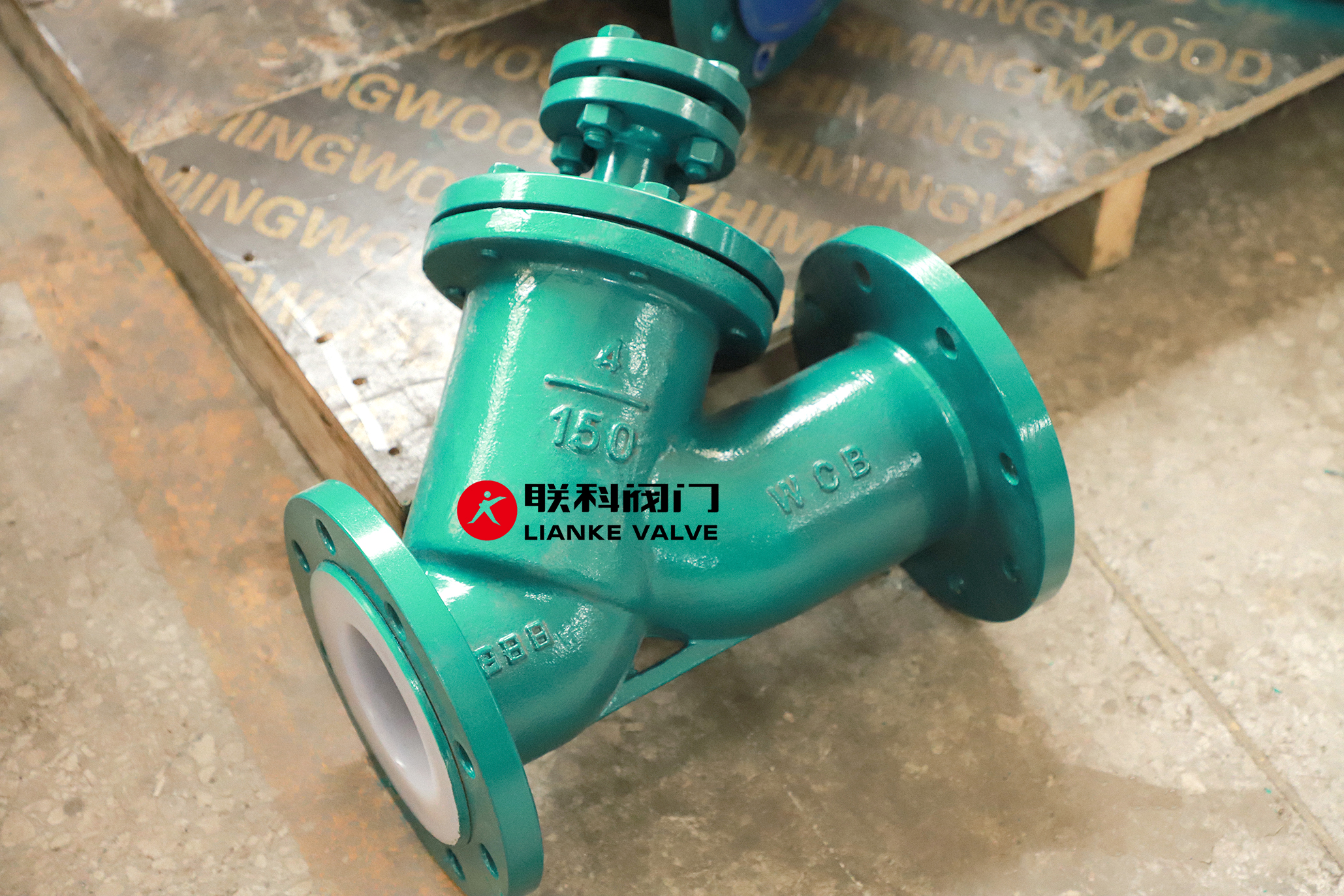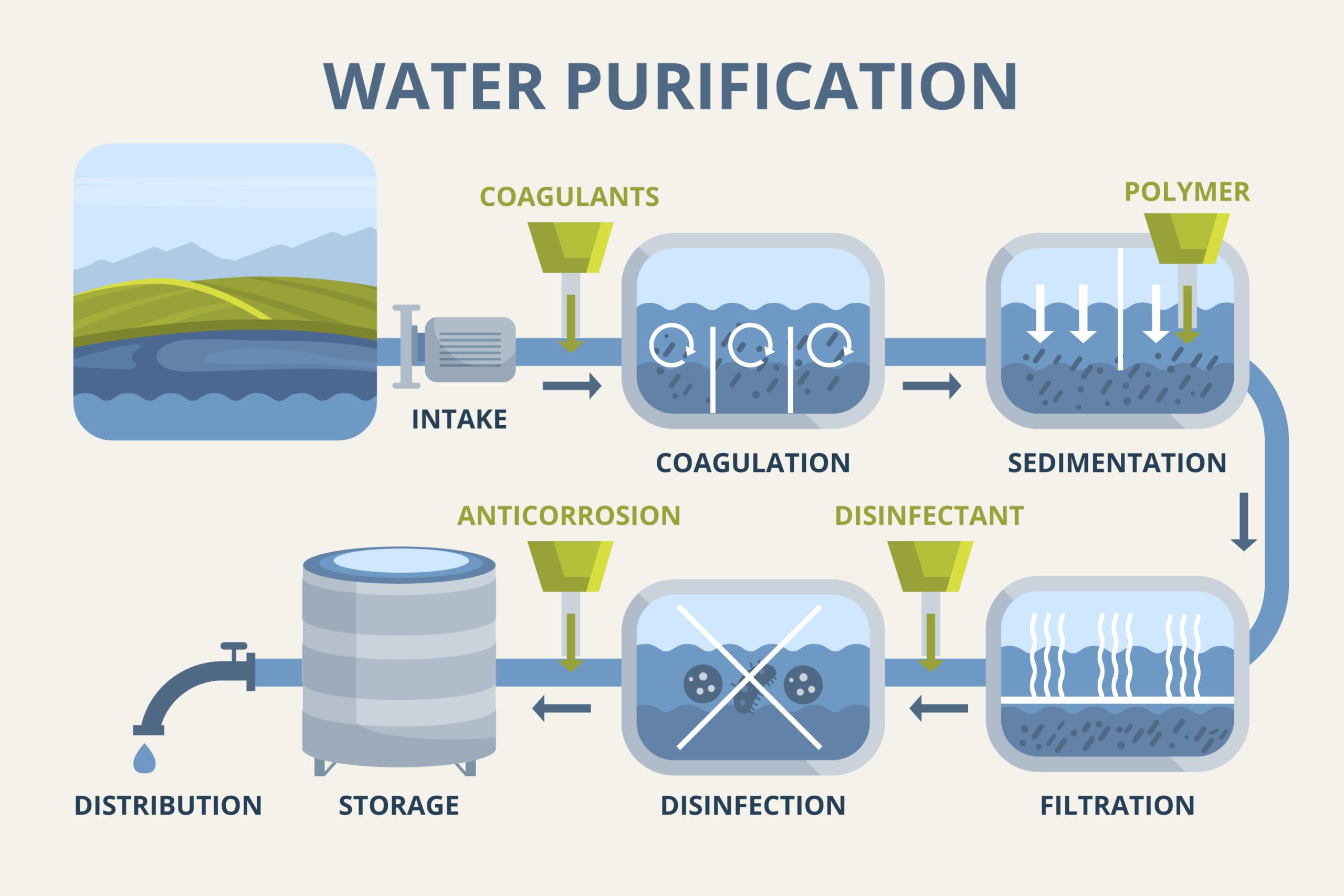

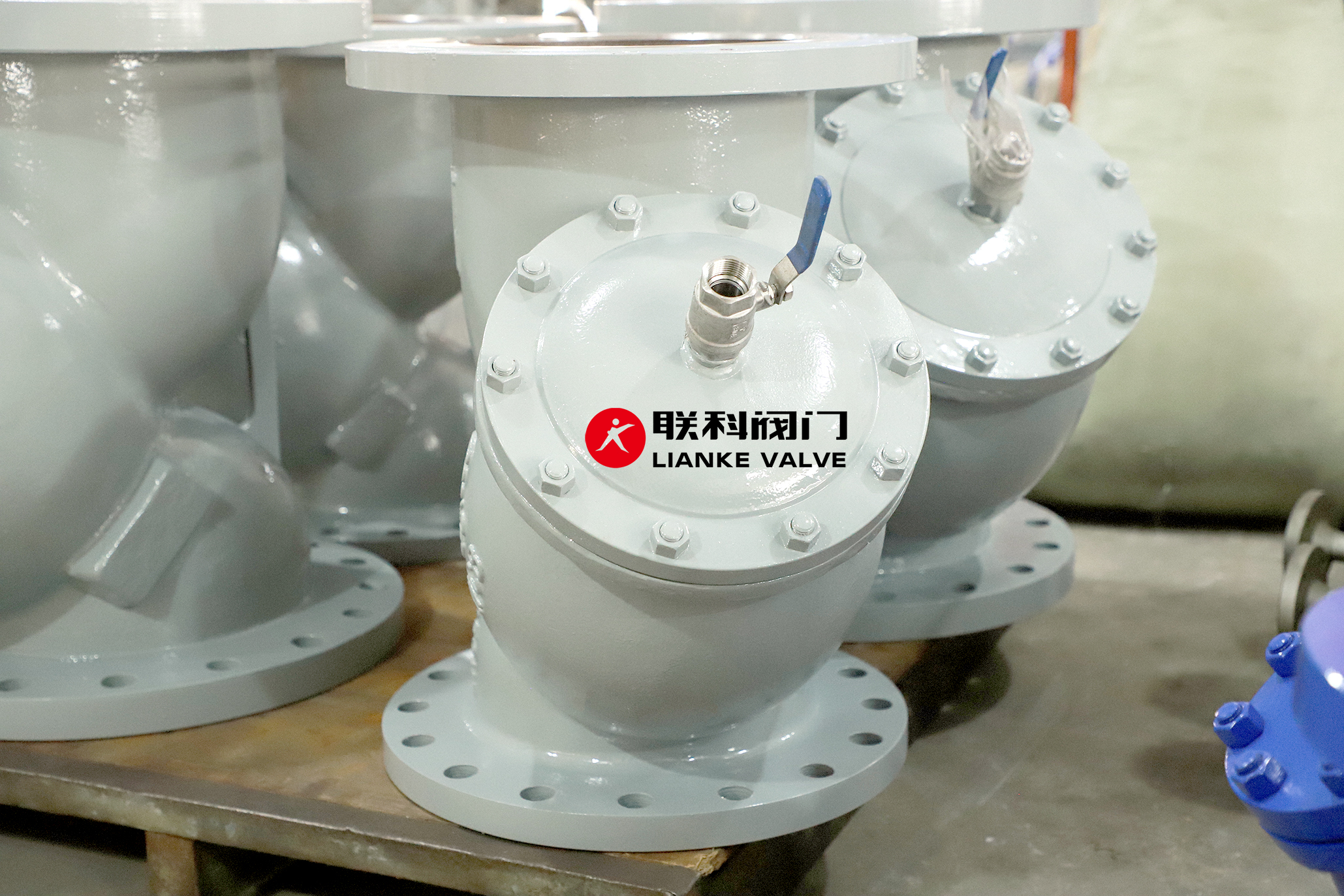
ANSI Class Ratings for Y strainer flanges tell you how much pressure and temperature the flange can handle. These ratings help you choose the right flange material and design to keep your piping system safe and efficient. If you’re installing or replacing a Y strainer in a pipeline, understanding ANSI ratings isn’t optional—it’s essential. Choosing […]
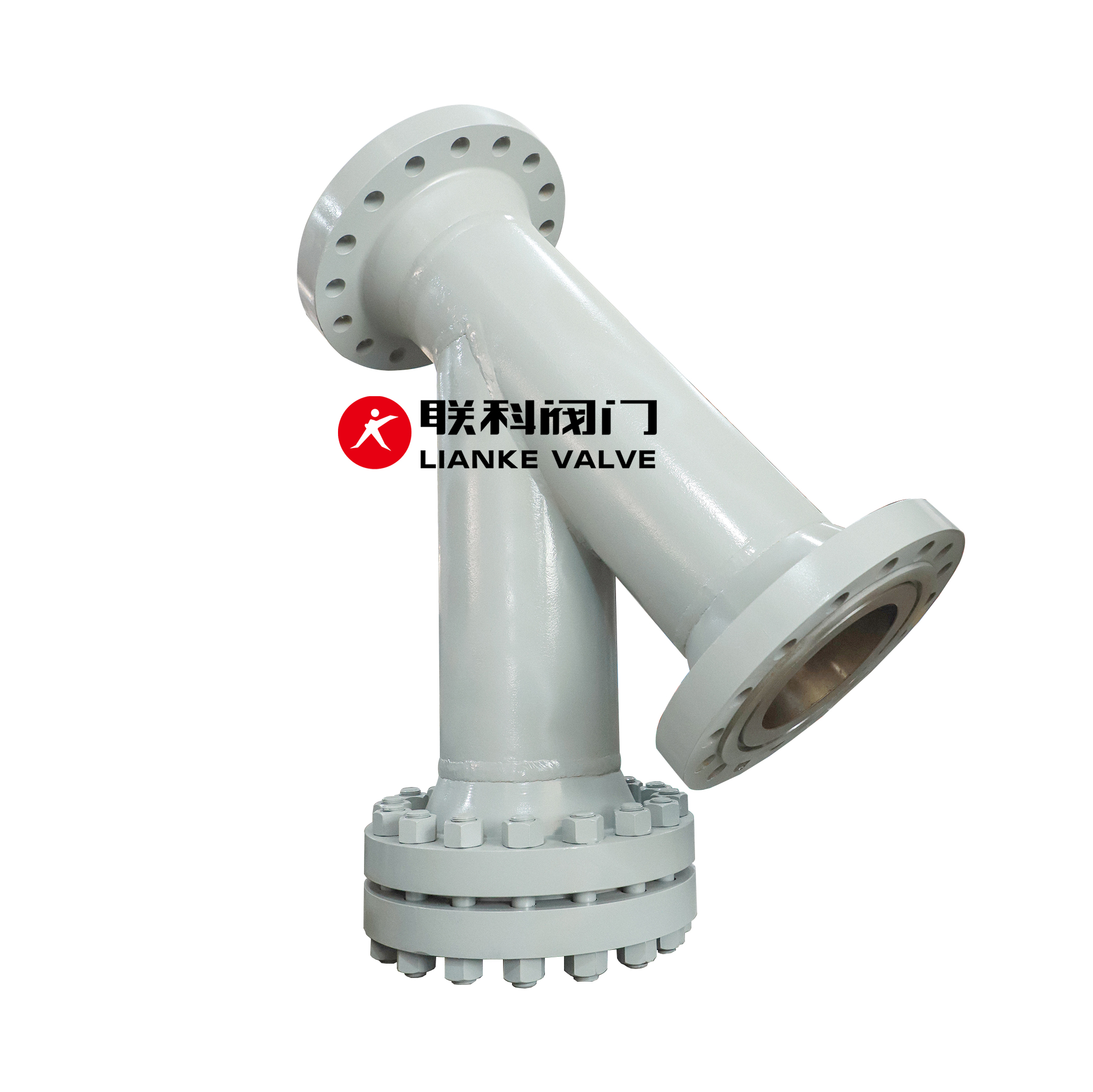
In industrial fluid systems, proper filtration is vital to protect equipment from debris and contaminants. Y strainers and T strainers are two common types of pipeline strainers used to ensure clean fluid flow. While both serve the same purpose, their design and application differ significantly. This article explores the key distinctions between Y strainers and […]

Strainers are essential in protecting equipment by filtering out debris and impurities in pipelines. However, not all strainers are created equal. With a variety of options, the Y-type strainer and duplex basket strainer stand out as popular choices. Now, you may be asking, “Which strainer is best for my needs?” Explore this guide to discover […]

Understanding the Essential Component of Industrial Filtration Bag filter housings are commonly used in industries to eliminate particulates from liquids without compromising the industrial process. However, structures that are designed to hold a filter bag, which acts as the barrier, are also specialized tools for contaminated particle collection. Especially in industrial applications, bag filter housing […]

Lined ball valves feature a protective lining that offers superior corrosion resistance and can handle a wider range of temperatures, making them ideal for aggressive chemical applications. In contrast, unlined ball valves are typically made from metal and may require additional coatings for protection, leading to more frequent maintenance and a shorter lifespan in harsh […]

When it comes to ensuring reliable and efficient flow control in various industries, pneumatic pinch valves are a top choice. But which manufacturers are leading the way with innovative solutions and cutting-edge technology? Let’s explore the top 10 pneumatic pinch valve manufacturers and discover what sets them apart. Ranking the Manufacturers According to their Global […]

In industrial pipelines, filtering debris and ensuring smooth flow are crucial for protecting sensitive equipment. Additionally, it also contributes to maximizing operational efficiency. Basket strainers play a vital role in this. They primarily capture unwanted particles such as dirt, sediment, and other contaminants to prevent damage or clogging in the system. Choosing the right type […]
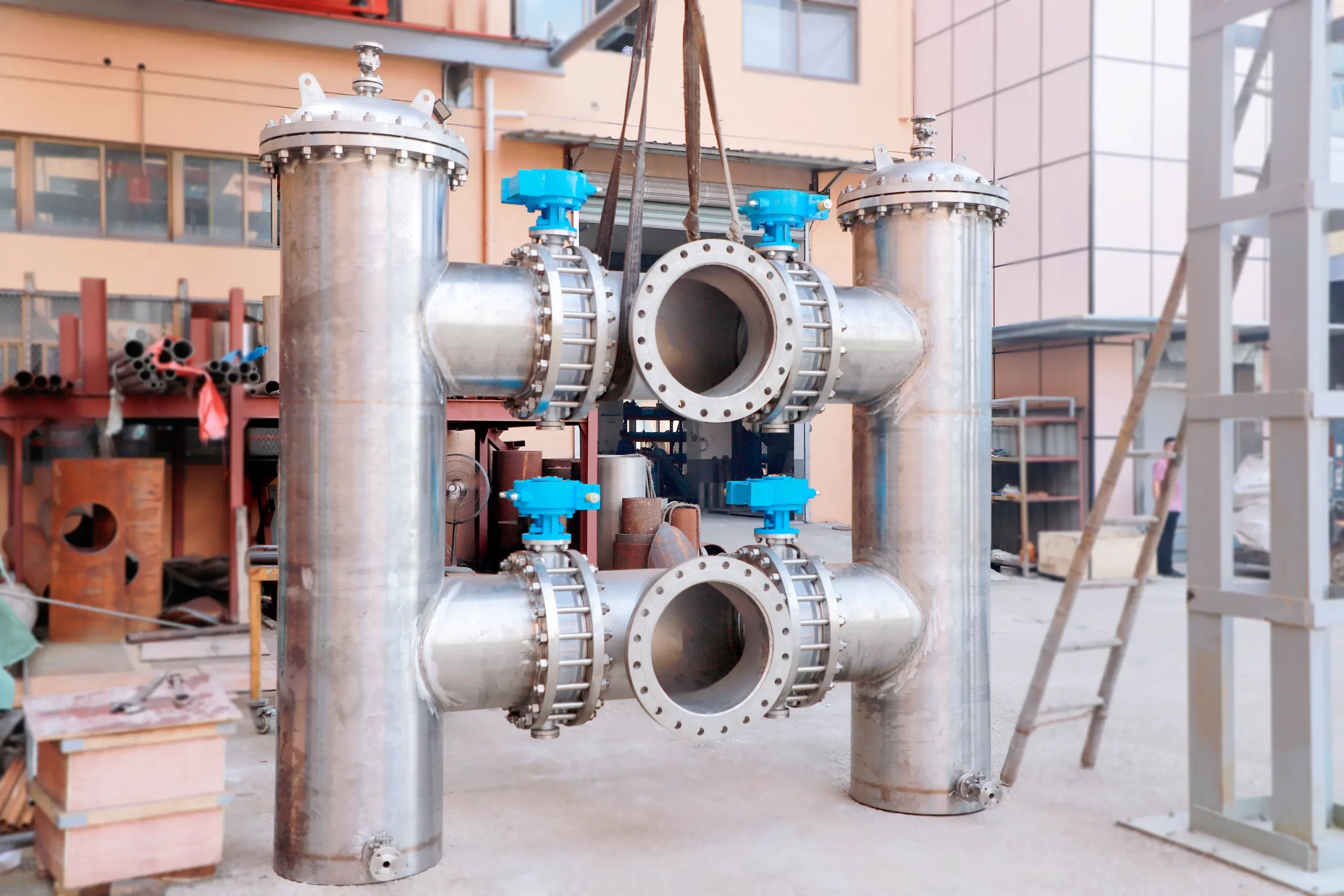
Several businesses in the industrial operations are looking to help their systems run smoothly without interruptions, This is where a duplex basket strainer becomes handy It ensures a continuous, contaminant-free flow, even in the toughest environments. Keep on reading to discover how this dual-basket design works. In this post we will also explain its key […]

Pneumatic pinch valves are crucial components in fluid control systems, and their lifespan is influenced by several factors, including pneumatic actuators and controls, sleeves, pressure conditions, temperature extremes, cycle rate, and the cleanliness of media. The pneumatic actuators manipulate the flexible sleeves that control fluid flow; thus, their performance directly affects the valve’s longevity. For […]
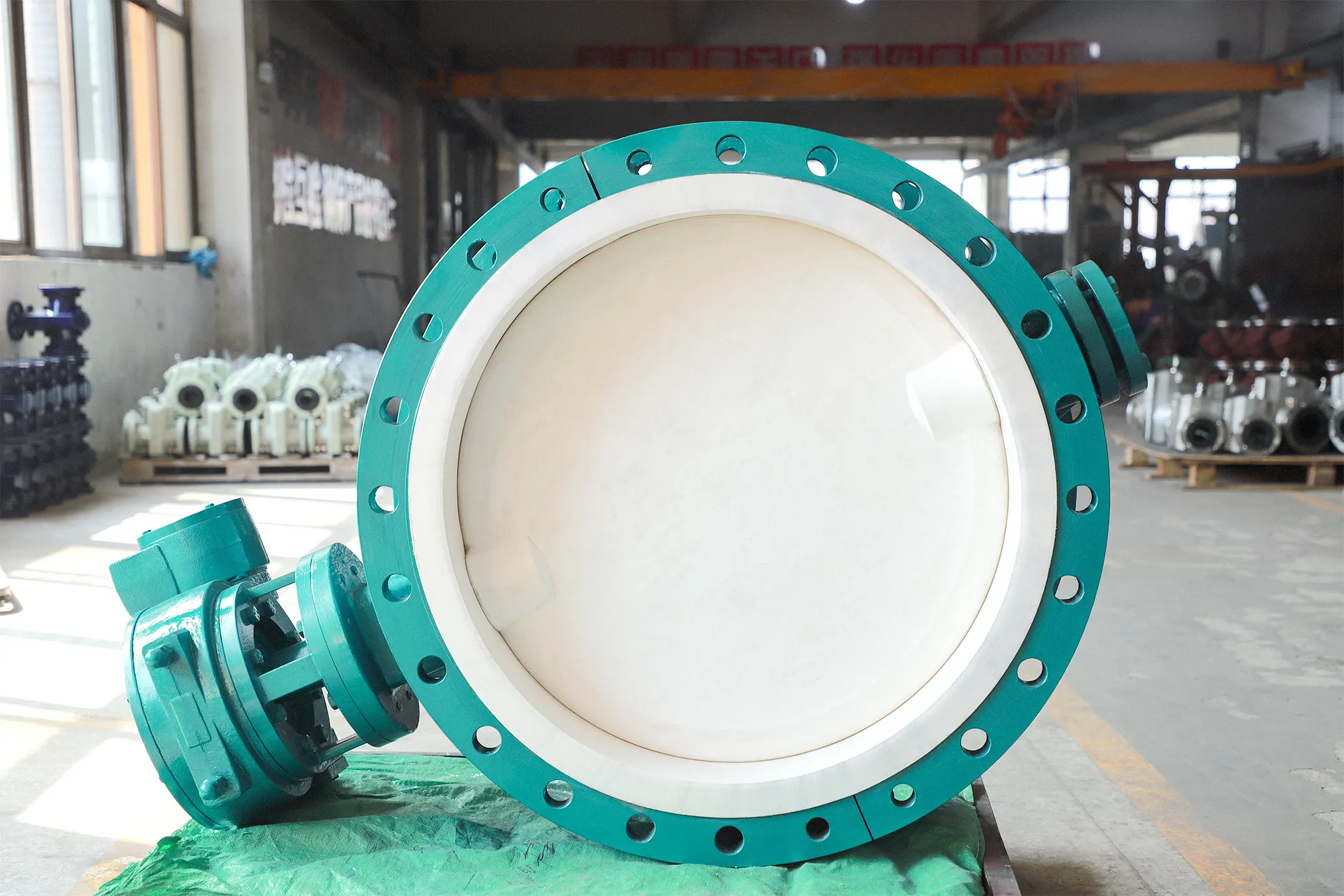
Introduction Triple-offset butterfly valves are improved flow-control mechanisms that have three radial offsets for better sealing and efficiency while performing difficult operations. The design is friction-free, so it guarantees no leakage and high reliability for extreme pressures and temperatures. Lianke Valve, a foremost player in the industry, has modified this technology in its fluorine-lined butterfly […]

